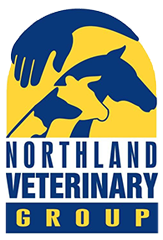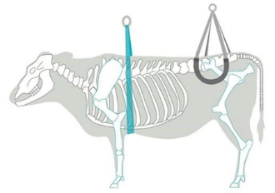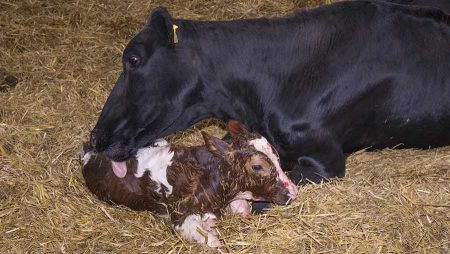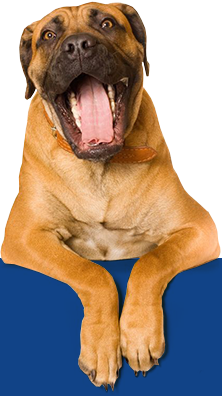Welcome to our August newsletter:
Another month gone! Were definitely on the downhill slope to the end of the year now. Our spring calvers will be likely over the halfway point for calving, why does the second half always seem harder? This means it’s definitely to start prepping for mating, Have a look at the check list to see if there is anything you need to book with us! Happy reading
Caring for the Down Cow:
You are in the thick of the calving season, running on a diet of hurried cups of coffee and the occasional biscuit. There are calves to be fed, cows to be milked, magnesium to be dusted and springing cows getting ready to calve. It’s a frantic exercise in time management until suddenly a cow goes down and all the best laid plans go out the window.
Having a down cow can be a frustrating, challenging and time consuming struggle du
ring what is a busy time of the year. It’s incredibly important to know how best to treat these Down cows, how to provide continued care if they become a “Downer cow” and how to know if a positive outcome is likely.
Step one: Treatment
There are a large number of possible causes of a down cow. It’s important to be able to accurately diagnose these so appropriate treatment can be instigated quickly. Contact
a veterinarian with any concerns or queries about diagnosis and treatment.
- Rule out any obvious conditions that can result in negative outcomes – Check for mastitis and rule out hip dislocations or limb fractures.
- Make sure the cow isn’t calving.
- Appropriately supplement the animal for calcium and magnesium
Any cow down for greater than 12 hours will develop nerve and muscle damage from pressure of their weight against the ground. This secondary damage can cause issues even after the initial cause has been corrected and is what results in the “Downer cow syndrome”. Appropriate nursing care in this case is an essential part of treatment and needs to be instigated well to ensure an improved prognosis.
Step two: Move the animal
She will need to be moved from where she has gone down to an appropriate sheltered area for nursing care.
- Ideally the cow is moved in the bucket of a tractor with the head tied up securely
- As per the code of welfare a cow must not be transported using hip clamps alone.
- If using hip clamps to transport a cow then they should be padded and a chest strap should be used. As per the diagram below.
Step three: Nursing Care
Nursing care will go a long way to ensure the animals welfare needs are met and will increase the chances of our treatment being successful.
- The animal should receive pain relief. A dose of Metacam or daily injections of Ketomax for 3 days.
- Ideally she is moved onto clean and dry bedding material (straw/hay) which is at least 30cm deep in a sheltered place. – Ensure it is in a confined area to prevent injury from misadventure if she starts crawling.
- A low body temperature will suppress appetite, increase energy demands and worsen response to metabolic treatment. Ensure she is well sheltered and dry and provide a cow cover.
- Roll the cow onto her opposite side 2-4 times daily and flex and extend her limbs as physiotherapy when rolling
- Ensure 30L of water provided daily
- Have free and easy access to food and regularly provide oral calcium supplementation.
- Hand strip milk from the udder – and check regularly for mastitis
- Lift the cow 2-3 times daily for a short period of time. Using padded hip clamps and a chest strap. Only lift to the point where she can bear her own weight then relax the lift. If she doesn’t bear weight then gently lower her back down and allow her to rest before attempting to lift again. Do not leave her unsupervised hanging with hip clamps.
Step Four: Evaluate response
Prognosis and success with treating down cows is widely variable from case to case and is hugely affected by the quality of the nur
sing care provided. Studies have shown numbers ranging from 30% to 55% of cows which had developed Downer Cow syndrome by being down for longer than 48hrs having a chance of standing again. Because of severe welfare implications for the cow and frustration/ time involvement of management it is important to critically evaluate the treatment regularly and determine if continued care is worth pursuing.
- The animal should be re-evaluated every 24hrs – if the condition is deteriorating then an alternate plan or Euthanasia will be required.
- Check alertness, response to being lifted, ability to bear weight, appetite, strength of limbs when rolling cow over.
- If ongoing appropriate care cannot be provided then Euthanasia should be considered.
- If the cow becomes severely lethargic, “sunken in the eyes”, loses her appetite or develops painful pressure sores then Euthanasia should be considered.
- If she is showing signs of improvement and ongoing care can be provided then it is worth pursuing.
A veterinarian can be contacted to discuss or help evaluate the animal/treatment plans and assist with determining ongoing prognosis when managing downer cows.
Retained fetal membranes (RFM’s) and selenium deficiency:
Retained Fetal Membranes is a term used to describe degenerating, discoloured and typically fetid membranes that are protruding from the vulva for over 24 hours after calving. Occasionally there may be no external sign of an RFM except for a foul smelling discharge. The cow is typically unaffected as, while being unsightly and inconvenient for workers, RFM’s are typically not directly harmful to the cow.
RFMs occur due to either insufficient uterine motility, or lack of placental detachment, and risk factors include abortion, premature birth, dystocia, twin birth, stillbirth, low calcium, older cows and low levels of trace elements such as selenium.
Manual removal of RFM’s is not recommended and is potentially harmful to the cow, as well as showing no known benefit to reproductive outcomes in various clinical studies. Membranes can be trimmed to the level of the vulva to reduce contamination from the environment. Typically untreated cows will expel their membranes in 2-11 days. Treatment with antibiotics is only indicated if the cow is clinically unwell.
The incidence of RFM’s in a dairy herd should be below 2%. If you are seeing unacceptable levels of RFM’s, predisposing causes should be identified and eliminated. A simple blood test will show inadequate selenium levels, and supplementation with selenium (and vitamin E) for these herds has been found to be incredibly beneficial at reducing and preventing the number of RFM’s a herd is seeing.
Calf cleanliness:
To have a healthy and productive cow you must first give her the best start in life.
- Navel Dip
What is it? Iodine solution usually in a navel cup for easy application
Why do it? The calf’s navel is an entry into the calf’s body where bacteria can travel up and enter into the bloodstream. Doing a navel dip on calves can help reduce the risk of common navel issues, including
- Navel infections and abscesses
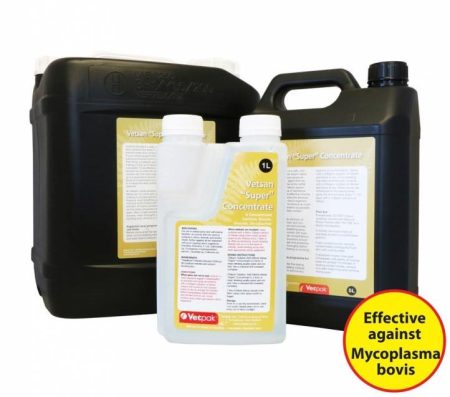
- Wet navel
- Umbilical cord hernias
It can also help reduced the risk of more serious conditions such as:
- Sepsis
- Joint ill
How to do it: Immediately after calving clean mud or straw off navel. Dip entire navel in iodine solution for a minimum of 5 seconds.
Re-check in 12-18hours time. Re-dip if the navel if looking wet.
- Cleaning of the calf shed and trailer
Calf health and hygiene extends beyond just keeping the navel clean from infection – it is also essential to keep a clean environment. This helps to prevent bacteria and other bugs from effecting your calves and potentially causing pneumonia, scours and other serious illnesses. Two key areas to regularly clean are the calf sheds and trailers.
‘Vetsan’ disinfectant can be used on both sheds and trailers and also used whilst the calves are still in the shed; check the label for instructions. It helps fight infections from Rotavirus, E coli, Salmonella, Coronavirus, Cryptosporidium and Clostridium which commonly cause losses amongst calf rearers.
Key points:
- Wash and disinfect trailers after every use.
- Refresh calf shed bedding as needed and disinfect using Vetsan weekly.
- In the calf sick pen(s) more frequent cleaning will often be necessary to assist with treatment
Premating – things to be thinking about:
- Tailpaint 35 days before Planned Start of Mating (PSM) and record standing heats
- Have all the cows been metrichecked?
- Trace element testing should be done 6 weeks prior to PSM. Avoid copper injectable supplementation for one month prior to PSM.
- Body condition score herd to identify cows that need a little extra feed/care.
- Consider drenching heifers and lighter cows- there is good evidence that heifers drenched pre-mating with Eprinex conceive significantly earlier than untreated heifers.
- Non-cyclers should be treated ten days prior to PSM to maximise economic benefit.
- Have you got enough bulls? Recommendation is 1 bull per 30 ‘open’ cows.
Remember- the aim is to have 85% of the herd cycling in the 3-4 weeks before mating starts. Early intervention for non-cyclers is key!
